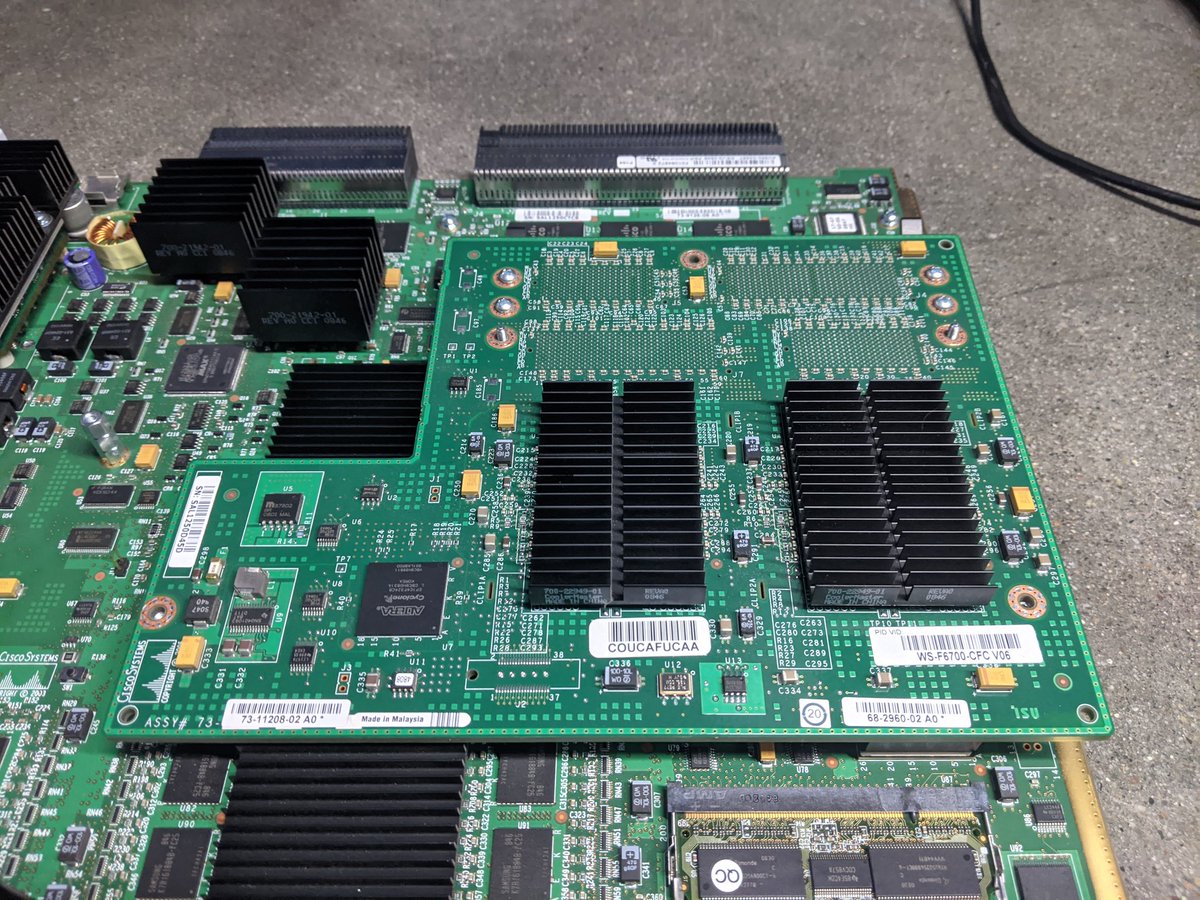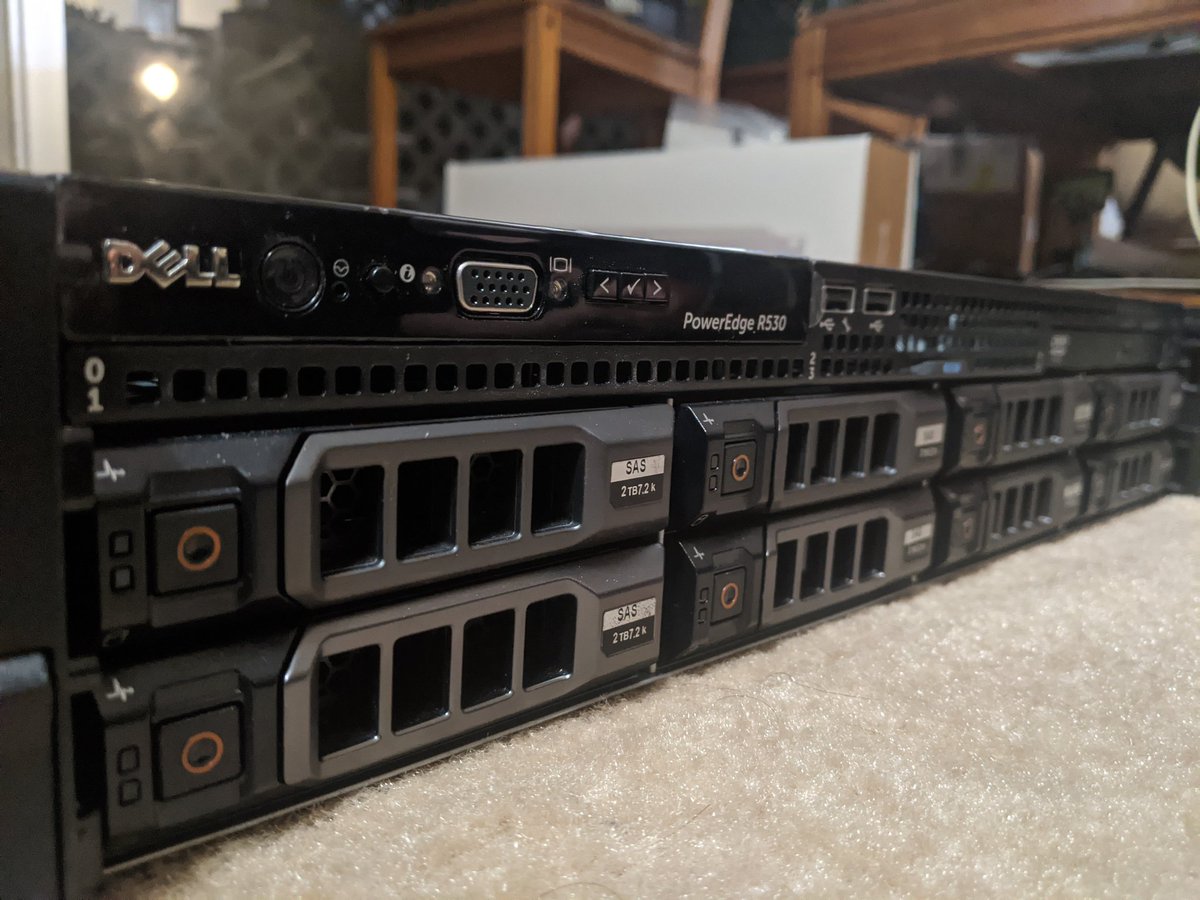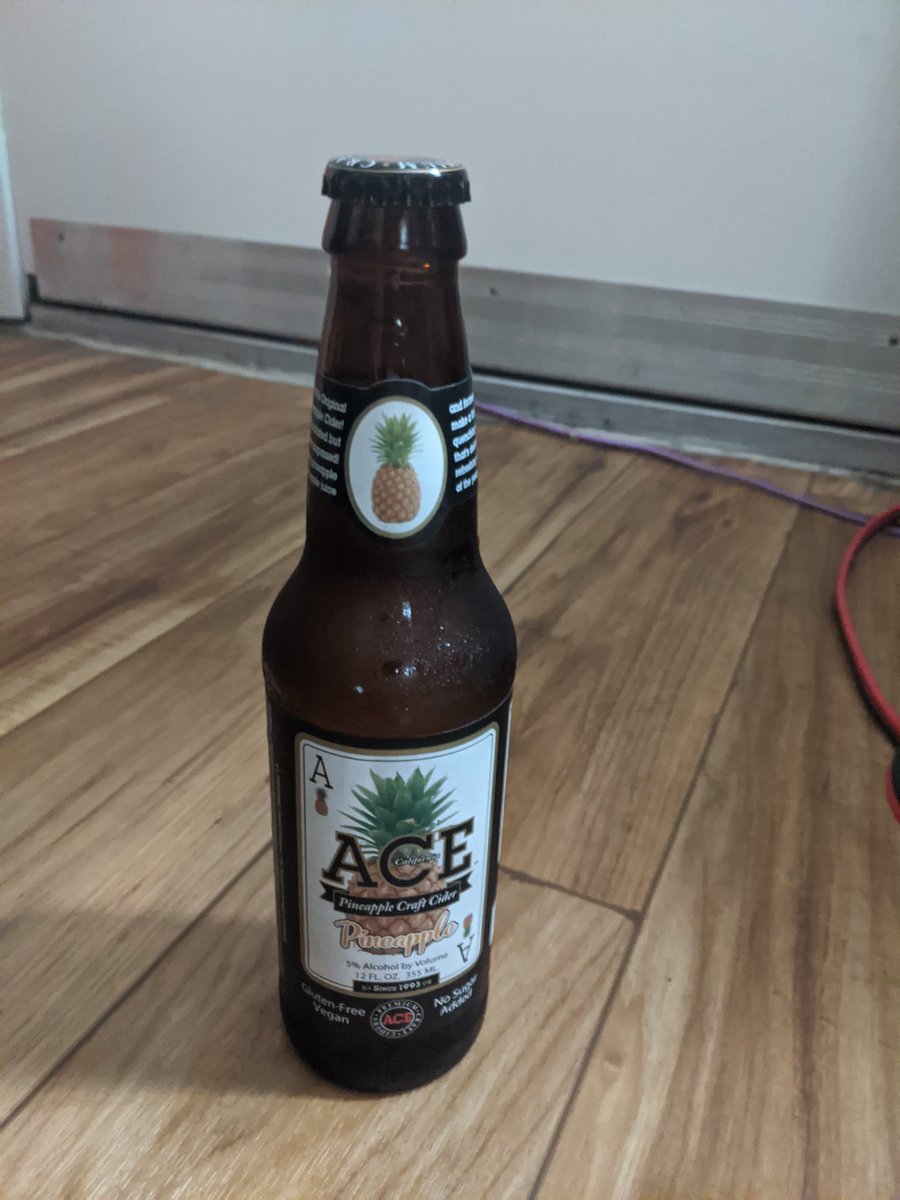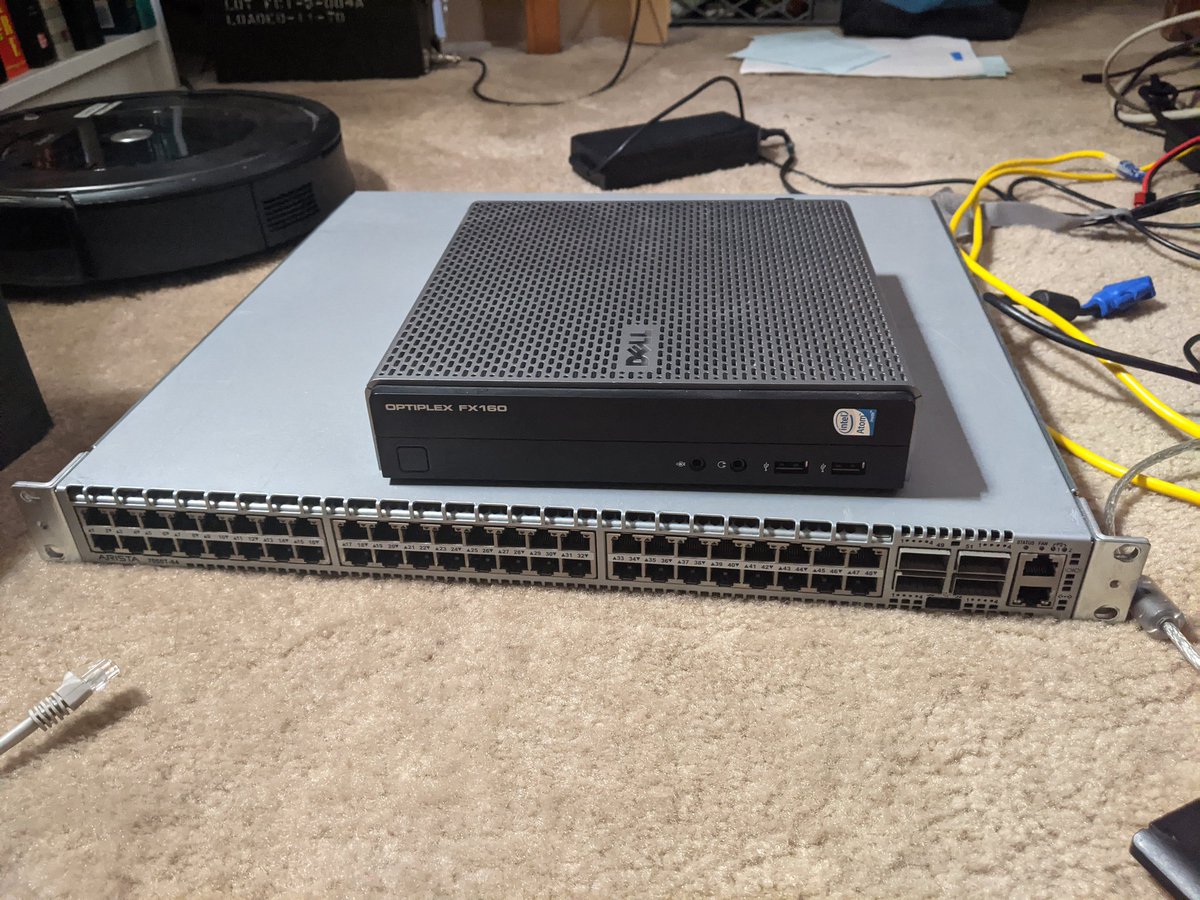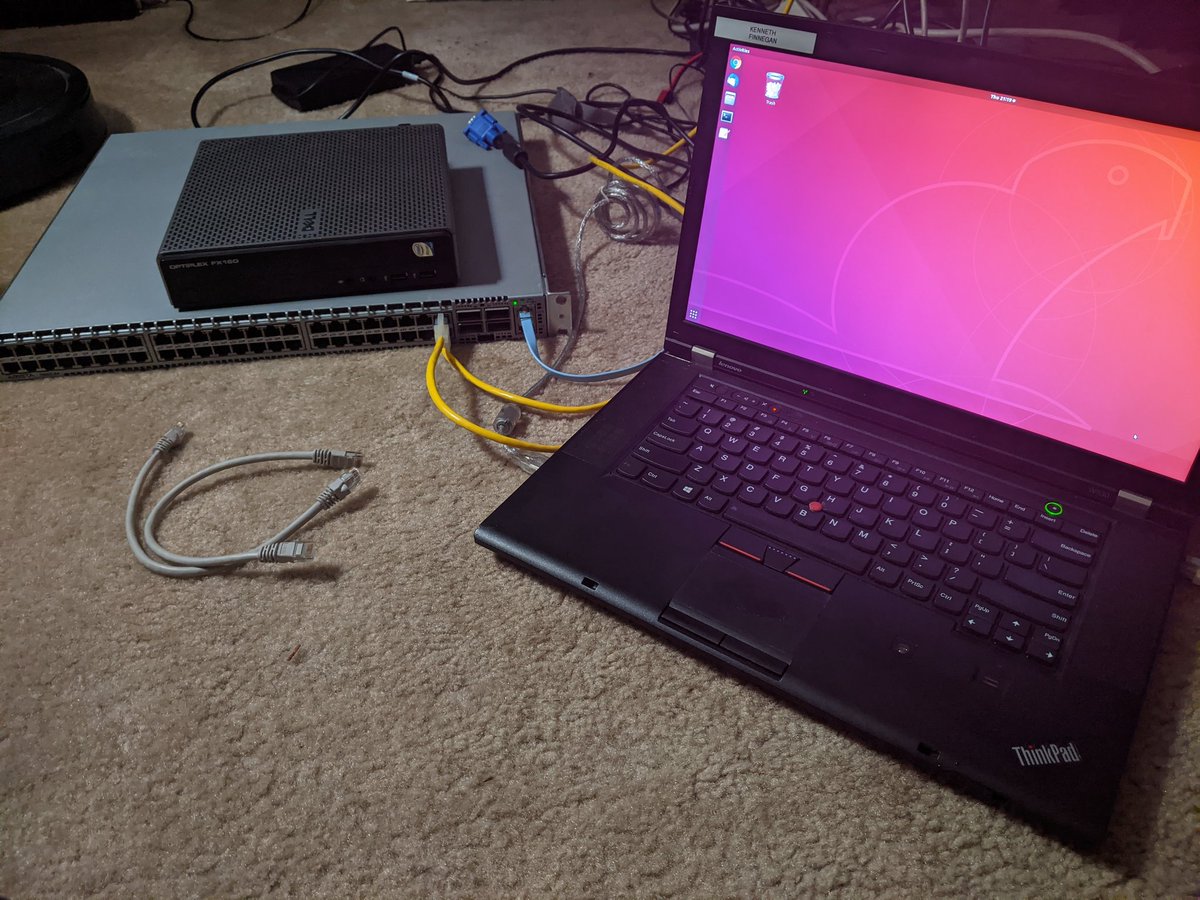
Active Optics Cables, or AOCs, are essentially patch cables desired to plug directly into *SFP cages.
They're just like DACs, or Direct Attach Cables, but with more length options and the cable routing advantages of fiber.
They're just like DACs, or Direct Attach Cables, but with more length options and the cable routing advantages of fiber.

The nice thing about AOCs over using SR4 optics is that it isn't connectorized, so you don't need to assemble three parts to make a link, and "cleaning fiber ferrules" is a ball game you don't need to get into. 

This is a 400G OSFP AOC.
400Gbps
Octal Small Form factor Pluggable
Active Optical Cable
And let us all pause for a moment to admire how awesome OSFPs are and how they look space age af.
400Gbps
Octal Small Form factor Pluggable
Active Optical Cable
And let us all pause for a moment to admire how awesome OSFPs are and how they look space age af.
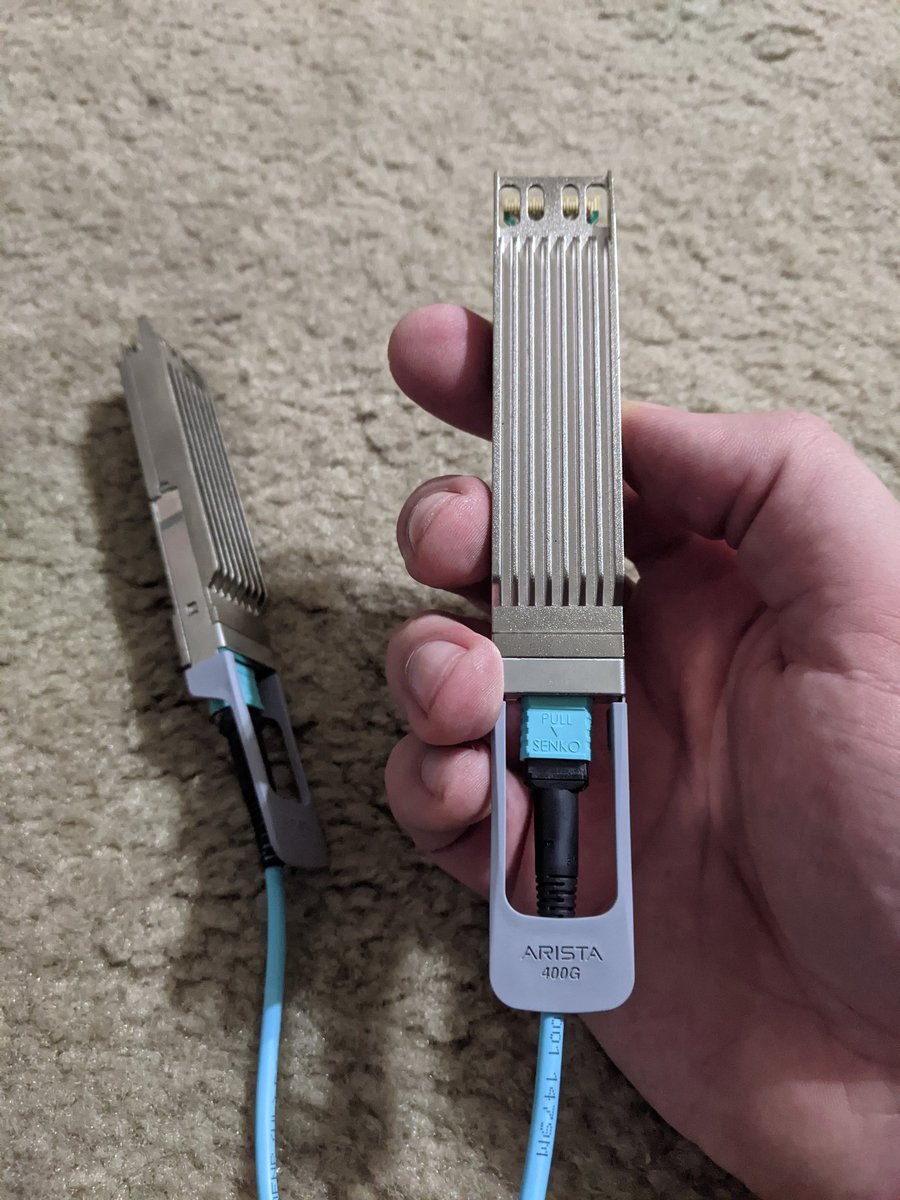
But... the back of these AOCs don't look like most AOCs with just strain relief...
🤔 That looks like an MPO connector...
🤔 That looks like an MPO connector...

Yeah... That looks like an MPO connector with a metal tab glued onto it to prevent the ejection bail from operating... 

*takes a looooong sip of his morning coffee*
Well. I hope you all know what this means.
Well. I hope you all know what this means.
Loooool.
That, ladies and gentlemen, is an MPO-16 connector.
It's possibly the CLEANEST MPO connector I've ever seen, so I can still see the appeal in calling this an AOC, but still a little amusing.
I'm sure they'll cost optimize these once 400G isn't so bleeding edge
That, ladies and gentlemen, is an MPO-16 connector.
It's possibly the CLEANEST MPO connector I've ever seen, so I can still see the appeal in calling this an AOC, but still a little amusing.
I'm sure they'll cost optimize these once 400G isn't so bleeding edge

MPO-16 is a wild connector, while we're talking about it.
The two big holes on the outside are for the alignment studs, then there's SIXTEEN fibers in a little tiny row between them!
The two big holes on the outside are for the alignment studs, then there's SIXTEEN fibers in a little tiny row between them!

The nice thing about this 400G optic is that it isn't riveted together! Tiny screws!
We like tiny screws.
We like tiny screws.

Awwww yeah!
We can see four thermal pillars for the optical assemblies, which are under the gold squares.
The MPO-16 connector with the 16 fiber is on the left. Right side plugs into the switch.
We can see four thermal pillars for the optical assemblies, which are under the gold squares.
The MPO-16 connector with the 16 fiber is on the left. Right side plugs into the switch.

Remember that this is an OSFP, and the O stands for Octal, so there's 8x 50G lanes in and out. You can see eight of the pairs here, and the other eight are on the other side! 

But here's where things get amazing!
The MPO connector has 16 loose fiber coming out of it as four bundles, which are even color coded!
The MPO connector has 16 loose fiber coming out of it as four bundles, which are even color coded!

Folding it all the way open, hol. y. crapola.
You can see the four by four channel optical transceivers in the middle, and each one has four fiber running to it all just loose.
The chip on the right is the high speed amp/driver for the optics!
You can see the four by four channel optical transceivers in the middle, and each one has four fiber running to it all just loose.
The chip on the right is the high speed amp/driver for the optics!

Was it worth it to crack open an eye wateringly expensive 400G optical transceiver to see this?
Yes. Yes it was. 😍
Yes. Yes it was. 😍

• • •
Missing some Tweet in this thread? You can try to
force a refresh



